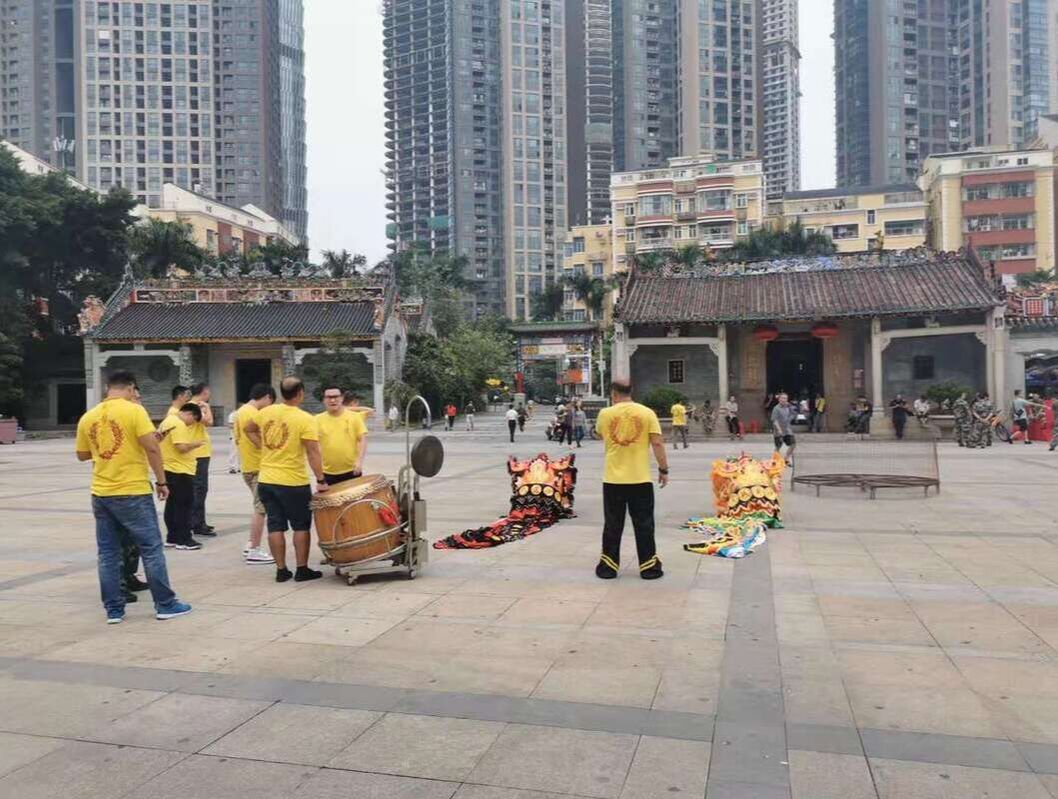|
|
Disentangling culture, religion and economy in the native communities of the Shenzhen megalopolis7/7/2021
The rise of China is mostly perceived as an economic phenomenon. Yet, there is also the cultural dimension: What are the implications of Chinese leaders proclaiming that Chinese cultural traditions must be endorsed, as they essentially define what it means to be Chinese? The revival of popular religion in China, such as ancestral worship, which was suppressed over decades, but is now even applauded by President Xi Jinping as an expression of cherished core values of the Chinese, family and filial piety.
However, many phenomena related to religious practices in China defy conceptions of ‘religion’ developed in the light of Western historical patterns. Rituals are central in these phenomena, which can also be conceived as local customs and community traditions that express social norms and conceptions of social order without implicating ‘religion’. This ambiguity or even dissociation of ritual and religion is characteristic for East Asian societies and can be also observed in Japan, where ritual practices flourish, yet the majority of Japanese claim that they are ‘not religious’. Our Identities article, ‘Interaction ritual chains and religious economy: explorations on ritual in Shenzhen’, looks at these phenomena in the Shenzhen metropolis.
Shenzhen is a remarkable place, mostly viewed as manifesting ultramodernity after a ‘blitz’ urbanisation within a generation, from the proverbial fishing village to the metropolis where the heart of China’s digital industry beats. During this transformation, the city also experienced a revival of traditional forms of life in among the communities of original residents, who are a tiny minority among the city’s huge melting pot of migrants from all places in China and all social classes.
The origin of this revival is the so called ‘urban villages’, residential areas built on the land originally owned and still controlled by the native rural communities. Most of these native communities are lineages which share the same surname and trace their ancestry to people who migrated to the region centuries ago, often in waves that were triggered by the Mongol invasion in medieval China, and at that time also involving members of the Imperial elites. In employing smart economic strategies of exploiting their land rights in various ways, such as offering housing to migrant workers or industrial sites for foreign investors, many of these native communities prospered. Some of the new wealth was invested in building temples, ancestral halls and conducting many forms of traditional ritual life, from lavish weddings to public festivals. Our article builds on continuous fieldwork over five years, focusing on two communities: one in the central business district, the other in Bao’an district, originally the rural hinterland of the Shenzhen Special Economic Zone. Facing the ambiguities of the notion of ‘religion’, we propose analysing our empirical material using the theoretical framework of ‘interaction ritual chains’ developed by the sociologist Randall Collins. The focus on ritual allows us to better understand how economic forces and cultural patterns work together in creating a complex tapestry of social actions that result in the ‘revival of tradition’ in the midst of extremely rapid economic growth and social change. Complex trajectories of identity politics emerge, where native communities reassert their identities vis-à-vis the anomic forces of high-speed economic growth, while the products of their activities are recognised as manifestations of the mainstream cultural revival of the ‘Middle Kingdom’.
Image credit: Photo by LiLing, project team member for the fieldwork in Xiasha.
Blog post by Man Guo, Harbin Institute of Technology(Shenzhen), China and Carsten Herrmann Pillath, University of Erfurt, Germany
Read the Identities article: Pillath, Carsten Herrmann & Guo, Man. Interaction ritual chains and religious economy: explorations on ritual in Shenzhen. Identities: Global Studies in Culture and Power. DOI: 10.1080/1070289X.2021.1911474
Explore other relevant Identities articles:
Could we use blood donation campaigns as social policy tools?: British Shi’i ritual of giving blood ‘An outward sign of an inward grace’: how African diaspora religious identities shape their understandings of and engagement in international development Ideological or religious? Contending visions on the future of Alevi identity
0 Comments
Your comment will be posted after it is approved.
Leave a Reply. |
|
Explore Identities at tandfonline.com/GIDE |
|
The views and opinions expressed on The Identities Blog are solely those of the original blog post authors, and not of the journal, Taylor & Francis Group or the University of Glasgow.


